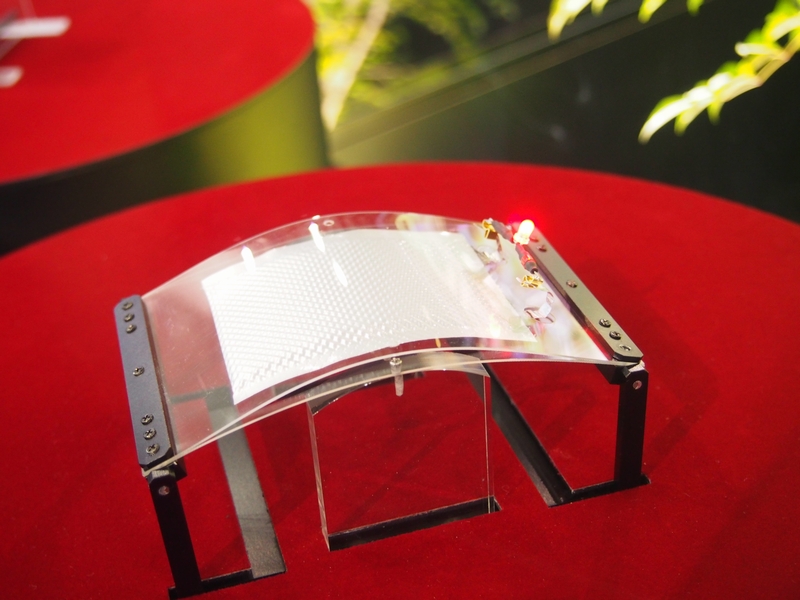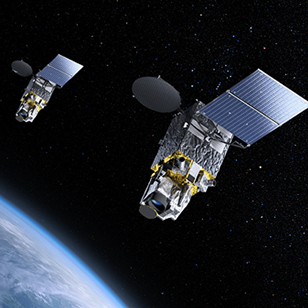Technology:
Toyota’s fuel cell vehicle Mirai
(the future) was put on the market on December 15, 2013. At present, only
several dealers display a Mirai and customers have to wait for one to two years
to take delivery because production is limited. The planned annual production
is 700 units and planned annual sales target is 400 units. Reportedly, Toyota
has already got an order for 1,000 units. You can buy a Mirai for about
5,200,000 yen with a subsidy form the government. The key to the spread of fuel
cell vehicles is the accessibility to a hydrogen station. Although there are
only two hydrogen stations at present, 43 stations are scheduled to be constructed with a subsidy from the government.
JX Nippon Oil and Energy will
build 10 hydrogen production bases toward 2020 to supply hydrogen across the
country through its 2,000 gas stations. It will apply new technologies to reduce
the production and transportation costs to less than half. It plans to develop
a new technology to produce hydrogen at a low cost toward 2018. Hydrogen is
recovered from oil, natural gas, and exhausted gases, and catalyst is used to
recover hydrogen from exhausted gases. The new technology is expected to increase
the recovery rate from the present 70% to 90%. At the same time, it will put a
new technology to transport hydrogen at normal temperature and normal pressure
into practical application with a view to increasing the transportable amount
per lorry by 2.5 times. Tokyo Gas opened its hydrogen station available for
general customers on December 18, 2013 in Tokyo. The market of fuel cell vehicles
is estimated to grow to 400,000 units toward 2030.
A charming Japanese actress visits a hydrogen station
Tokyo Gas builds a hydrogen station in Tokyo
Let's drive a Mirai







